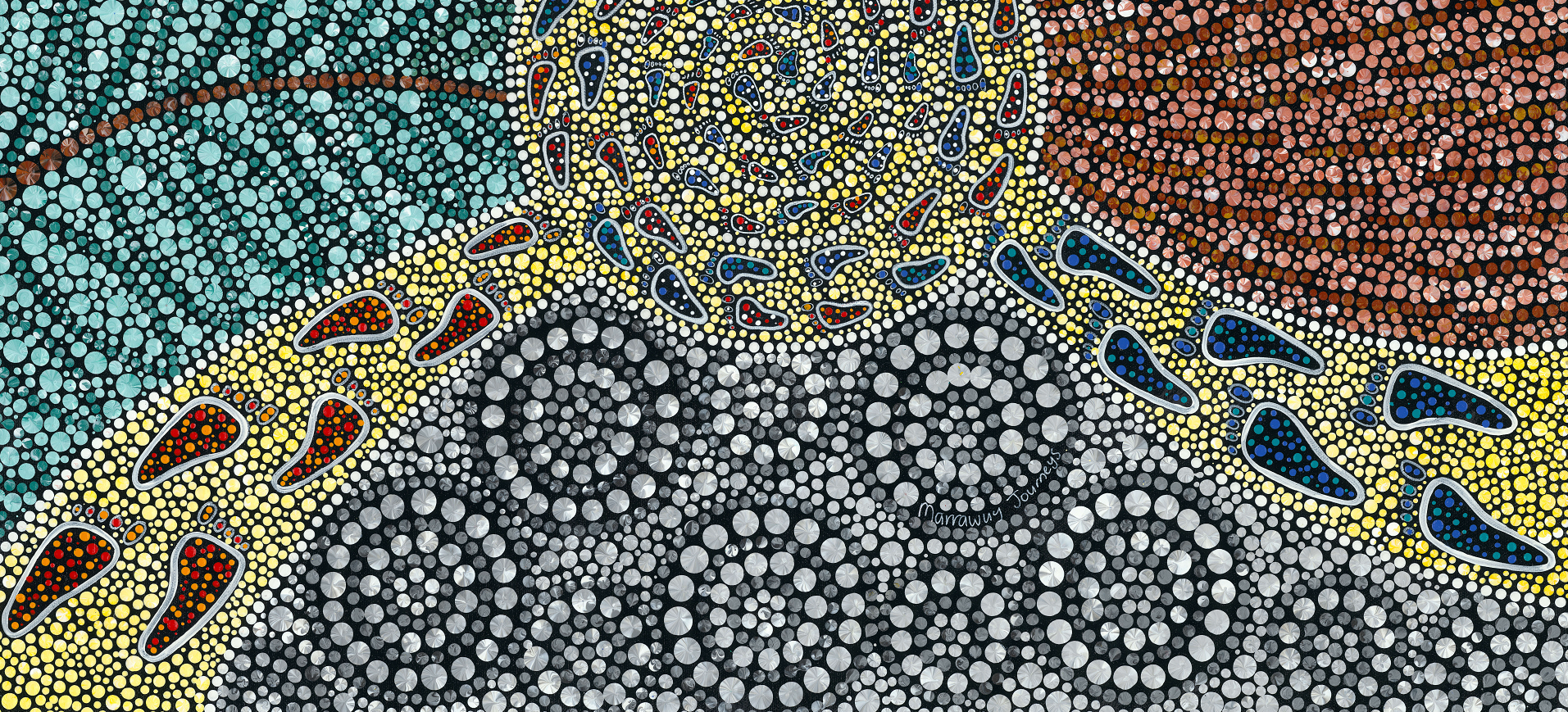A provider’s strategy to support medical student wellbeing and inclusion should include:
- An identification of the risks to student wellbeing and inclusion, including those emerging from institutional structures and environments, and how the provider does or intends to mitigate these risks.
- The types of support services offered and how students access these services.
- How students who require additional supports are identified and receive support.
- How flexible study policies contribute to student wellbeing.
- Approaches to address bullying, harassment, racism, and the impact of systemic bias on students.
- Crisis management strategies, including a suicide postvention policy/strategy (4.2.1, 4.2.2, 4.2.3, 4.2.5, 4.2.7).
‘Accessible’ services include accessible to students with disabilities, students with varying study and caring commitments, and students learning in locations geographically distant from university campuses. The medical education provider may offer student support services directly or through arrangements with external organisations (4.2.2).
The terms ‘reasonable adjustments’ in Australia and ‘reasonable accommodations’ in Aotearoa New Zealand have implications in each countries’ and international human rights law. Key legislation in Australia includes the Disability Discrimination Act 1992 and the Commonwealth Disability Standards for Education 2005. Key legislation in Aotearoa New Zealand includes the Human Rights Act 1993.
‘Reasonable adjustments/ accommodations’ in these standards refer to reducing barriers to ensure that people with a disability or health condition have access to medical programs and participate in the academic, occupational and social activities of their education and training. In making reasonable adjustments/ accommodations, providers ensure that the academic integrity of the medical program is maintained (4.2.3 and 4.2.4).
Providers should have processes in place to ensure that students from equity groups* and Aboriginal and/or Torres Strait Islander and Māori students who require additional supports or adjustments/ accommodations are identified and provided this support in a timely manner. For Aboriginal and/or Torres Strait Islander and Māori students, these processes and additional supports should be culturally safe and allow Aboriginal and/or Torres Strait Islander and Māori students to meet cultural and community obligations (4.2.3).
The identification of students who require additional health and learning support and reasonable adjustments/ accommodations and provision of this support should aim to be a proactive process (4.2.3). Providers should explain how this proactive identification of students and provision of supports interacts with the performance improvement program under Standard 4.2: Student wellbeing. Providers should explain the details of performance improvement programs under Standard 3.2: Assessment feedback.
The ’safe’ voluntary self-disclosure of information by medical students includes the medical program fostering a culture and setting up systems that build up student trust and confidence. Medical programs should develop and evaluate self-disclosure processes in partnership* with students and the health services/prevocational training providers* that commonly employ their graduates (4.2.4).
‘Flexible study policies*’ should address the needs of students with specific cultural and community obligations, including Aboriginal and/or Torres Strait Islander and Māori students (4.2.5).
For providers to ensure that processes for student support provision and for academic progression are ‘separated’, staff members who are responsible for student support provision should not also have responsibility for academic progression decisions (4.2.6).
Staff should be covered and protected by policies around bullying, harassment, racism and discrimination. ‘Harassment’ also includes sexual harassment (4.2.7).
Policies, reporting mechanisms and processes around bullying, harassment, racism and discrimination that ‘support the cultural safety of learning environments’ should be led by Aboriginal and/or Torres Strait Islander and Māori people and include cultural supports. Specific policies may include anti-racism policies and approaches to creating a welcoming environment.
